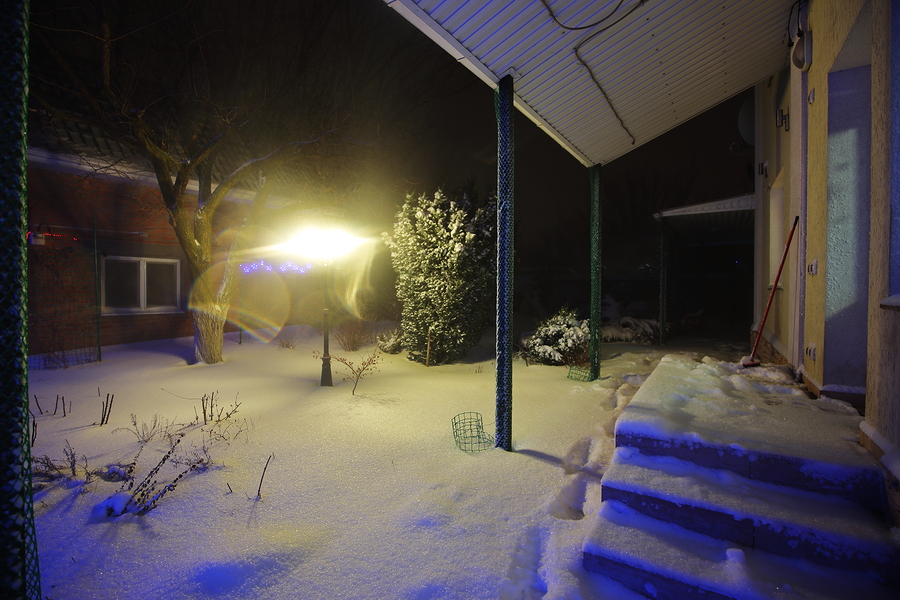5 Ways to Maintain Your Landscape in Fall and Winter

The end of summer is always a little bittersweet. Yes, you get to start putting on layers, enjoying the colors as the leaves change, smelling the woodsmoke on the air, and drinking your favorite hot beverages, but the long days of summer are growing shorter and now there’s a chill in the air that forces you indoors.
If you’ve thoughtfully installed a fire pit and landscape lighting, you can still enjoy your yard into fall, but once winter weather hits, outdoor entertaining is probably on hold until spring. Of course, if you want to ensure your Sioux Center, Iowa yard is in ship shape for next year, you need to find ways to maintain your beautiful landscape design and protect it from harsh winter weather conditions. Here are just a few strategies to consider.
- Prune and weed. With the addition of proper nutrients and ample irrigation, summer sunshine can help your plants realize a serious growth spurt. Unfortunately, weeds can partake of all this sustenance, as well, and by the time fall arrives, you could have a lot excess foliage on your hands.
Before winter weather blankets your yard in snow, it’s best to commence with some serious de-cluttering. You’ll want to get rid of as many weeds as possible so they don’t continue to spread well into fall. You should also prune plants and trees according to their needs.
You’ll definitely want to remove any dead limbs that could become problematic and trim back as needed to promote new growth come spring. Keep in mind that some plants (like roses) are best pruned when dormant, and this could occur during the heart of winter or just before spring.
- Aerate and fertilize. Before the grass frosts and the ground freezes, it’s best to get your soil in ship shape. When you aerate in the fall, you combat some of the soil compaction that has set in over the last year and create a pathway for nutrients to reach plants. Although the fertilizer you add now won’t help dormant plants, it will be ready and waiting when the first shoots of spring hungrily reach for the sun.
- Add mulch. Evaporation won’t be much of a problem during winter, but the ground around shrubs and trees can definitely grow cold and dry, potentially harming root systems. To combat this damage, spread a new layer of mulch in the fall for insulation and protection.
- Fence young trees. Not all animals hibernate in winter, which means they’re on the lookout for food sources during the long, lean months. Tender saplings make for easy pickings. If you want them to last through the winter, add wire mesh fencing around the base to keep hungry critters at bay.
- Watch for snow loads. Rock Valley, Iowa residents are more than a little familiar with snow, at least enough to know that you don’t stand under heavily laden branches. If you start to notice that trees on your property are developing dangerous snow loads, pull out your broom and brush it away from low branches (do not shake branches as this can lead to breakage). This way you can help to ensure that your finest foliage and your best sources of shade are intact come spring.